It is with great pleasure that I present to you today the first part of my interview with Lutz Herrmann of J.F. Schwarzlose, the man who gave new life to the old Berlin brand. How it all came about and what challenges perfumer Véronique Nyberg and he had to face on their way, he tells us today and tomorrow in the Duft-Tagebuch. I also like to link you again here all previous posts about the label J.F. Schwarzlose, which have accumulated over the past few years on our fragrance blog. Otherwise, I have not much more to say than …
Welcome to the Duft-Tagebuch: Lutz Herrmann! 🙂
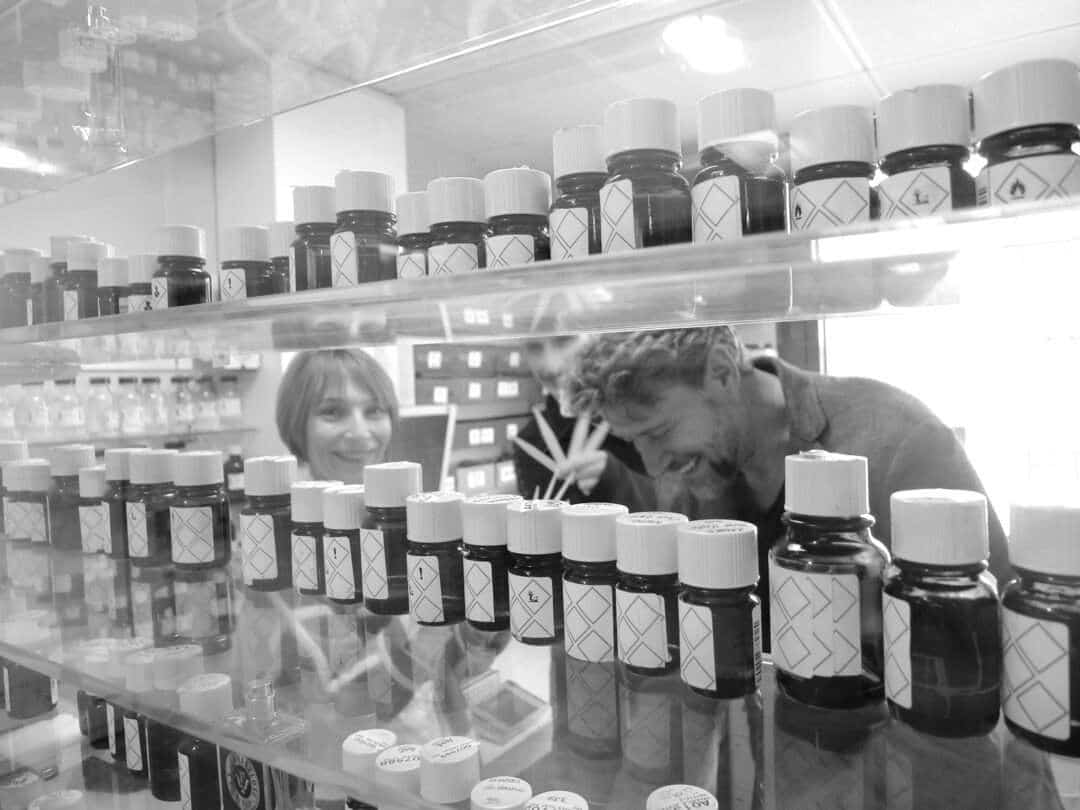
Dear Lutz, you originally come from the design sector. How did you get into the world of niche fragrances and into starting your own brand?
That’s exactly how it is. I am quite familiar with the perfume market and have been creating designs for cosmetic products and in particular perfume bottles for over 20 years. It has always been a mystery to me why there are so few historical brands in the fragrance sector in the German-speaking world.
True, this is more familiar from other countries …
Exactly. In France or Italy, there are unbroken traditions right up to brands that were created very early on. For example, the fragrance manufacturers who already worked for Maria de’ Medici. The Farmacia di Santa Maria Novella, for example, an apothecary founded as early as 1200 by the monks of the Santa Maria Novella monastery in Florence, also produced fragrances from around 1600.
The first so-called niche fragrances came to Germany from abroad. I took a closer look at the backstories on some of the brands and found some to not be entirely true. That eventually led me to try it out myself, to develop a brand with a real-world background.
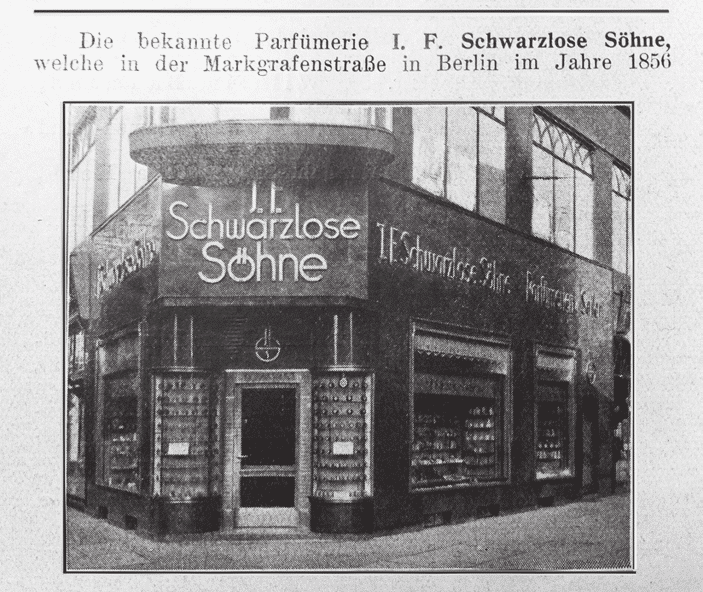
What was the attraction for you in bringing an old brand back to life?
Besides design and creation, I have always been interested in cultural history. That’s why I started to intensively study the specific development of the fragrance industry. At some point you ask yourself, what am I actually doing? Why and how did the whole business come into being? If you deal with the design of perfumes on a daily basis, you inevitably have to deal with their history.
The famous modern fragrances – that is, from 1900 onwards – and also their designers came from France, such as Julien Viard or René Lalique. However, in each region of Europe, the individual cultures have also produced ingenious things in the field of fragrances, and that’s what brought me to the journey into the history of German perfumery. The appeal was primarily to revive a brand that was credible and authentic.
And why exactly did it become Schwarzlose?
This old brand Schwarzlose has a fantastic history, even if the name is a bit complex. First, it is unusual that at that time Berlin, of all places, was the centre of the fragrance industry in Germany. Of course, one can argue that yes, it was the capital. But discovering the history of the brand piece by piece like this was astounding and exciting for me. You would think that everything with a certain tradition comes from Cologne, but that is not the case. The real perfumery needs exactly the metropolitan ambience that Berlin developed at the end of the 19th century, and Schwarzlose had an outstanding position in this respect. The family has supplied Berlin and Germany with perfumes in several family branches after its foundation in 1856.
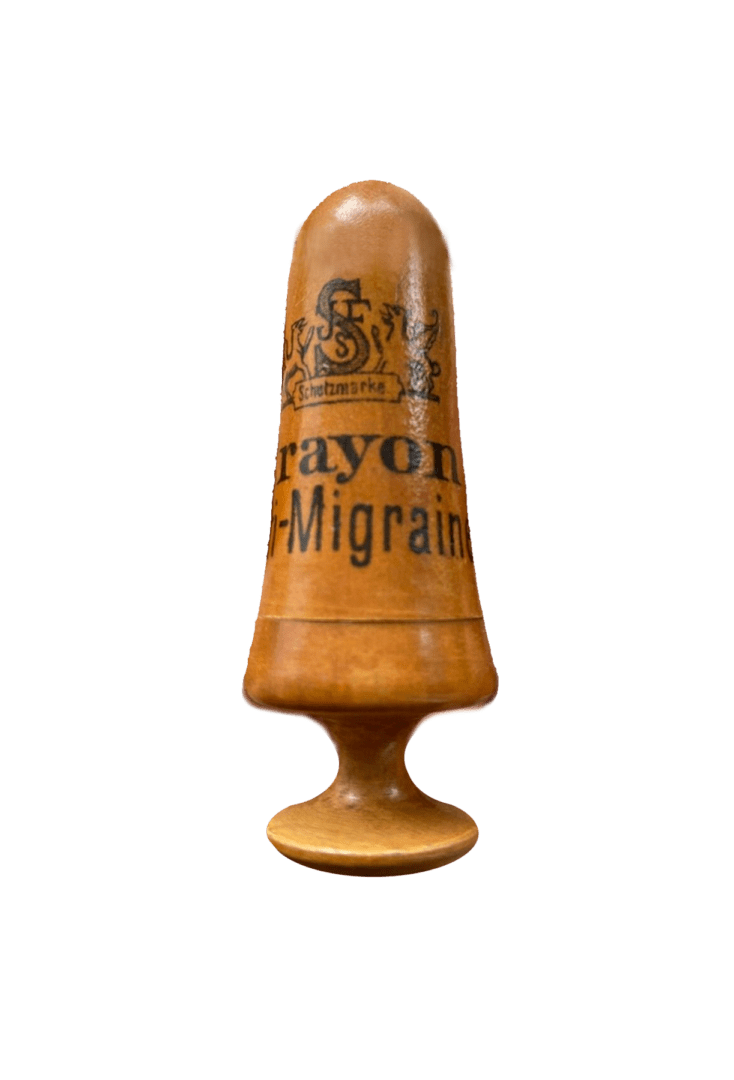
And was Schwarzlose confined to Germany or Berlin?
No, around 1880 foreign branches were added in Vienna, Innsbruck and Tetschen – in today’s Czech Republic. At that time the company J.F. Schwarzlose had gained reputation in the whole German-speaking area, but also abroad. Among other things, through an invention that found favour throughout Europe: the migraine stick. This was patented by Schwarzlose from 1873 to 1883 and then released. But over the period of 10 years, Schwarzlose’s “Crayon Anti-Migraine” was the new accessory of choice everywhere in Europe. Basically, this invention is the beginning of stick application in the cosmetics industry. Lipsticks and other similarly constructed sticks have all been more or less further developed according to exactly this patent by Schwarzlose.
Were there any other inventions of the brand?
Yes, around 1896 Schwarzlose introduced a new hair colour with the patent of the German chemist Ernst Erdmann. He developed a colour formula without metallic additives for Agfa and transferred this patent to Schwarzlose for distribution. Although the formula was also hotly debated at the time and reformulated around 1900 by the owners of the Schwarzlose company, it was the first “non”-harmful hair colour called Aureol. By the way, the name Aureol lives on in the name L’Oréal, because the founder of L’Oréal more or less copied this technology in 1906 and also made the name French modified to his brand name: first L’ Aureale, which then became L’Oréal around 1930.
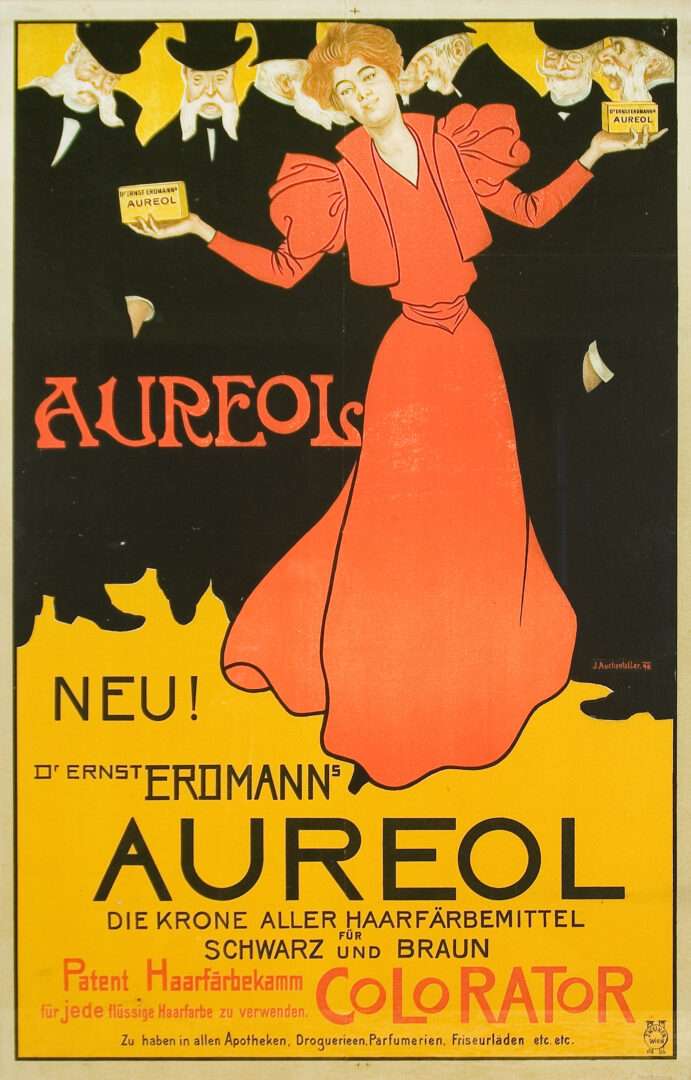
A truly moving story …
Absolutely! Around 1900, the family took over the traditional competitor Treu & Nuglisch and then also used their factory. In the process, the technologies for perfumery production were probably also adopted. This has led to a blossoming and various new fragrance creations from Schwarzlose. At that time, the fragrances were already distributed to the USA, Australia and Singapore, and even to France and Spain with great success. The hair colour was even sold worldwide – even the Chinese empress Xixi is said to have used it.
This entire history of Schwarzlose is so diverse, so surprising … and unfortunately completely forgotten. There are hardly any records. And to revive just that was the goal, to project the history of fragrances into the future.
What challenges did you face in relaunching Schwarzlose’s old creations?
The old formulas no longer exist. The entire archive went up in flames in 1943 and after the closure of the company in 1976 no one kept anything. So our references are the old bottles. These must then first be chemically analysed, but our nose Véronique Nyberg has these technologies at the ready and is prepared to do so. In addition, many of the ingredients commonly used at the time can no longer be used. Due to EU regulations, certain fragrances are no longer accessible. The compositions of that time were more monothematic than we are used to today. Lavender used to be just pure lavender perfume with few other additives. Nowadays, however, we are all olfactorically spoiled, so you can no longer do that in the same form.
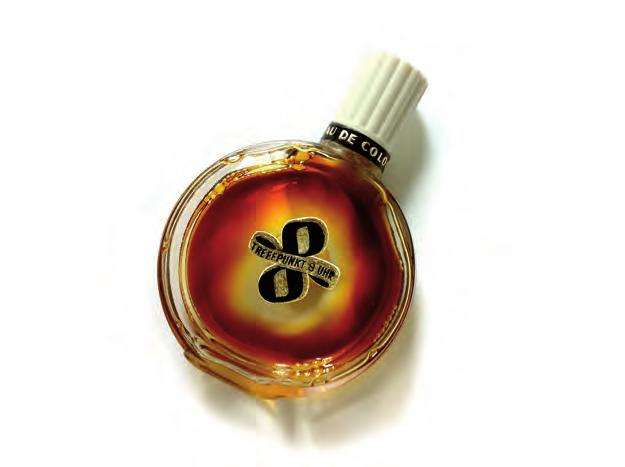
So Véronique has the task of preserving the base of the old composition, but adding something of her own. It is often so aesthetically compelling that we feel it is right to make the new creation out of it. This is always a balancing act, but Véronique masters it fabulously. We deliberately want to offer an olfactory 360° aesthetic and not provoke with our creations. Because Schwarzlose is all about continuing a culture of fragrance. This culture also does not recognize gender, whether female, male, transgender, or whatever. A fragrance must so involve and make the soul resonate that gender no longer matters.
To be continued …

Be First to Comment